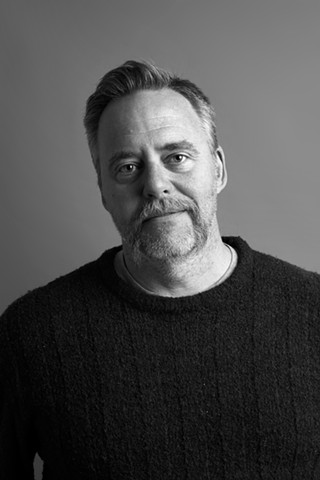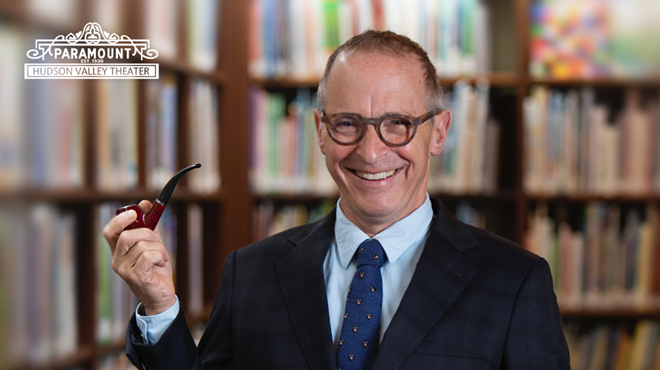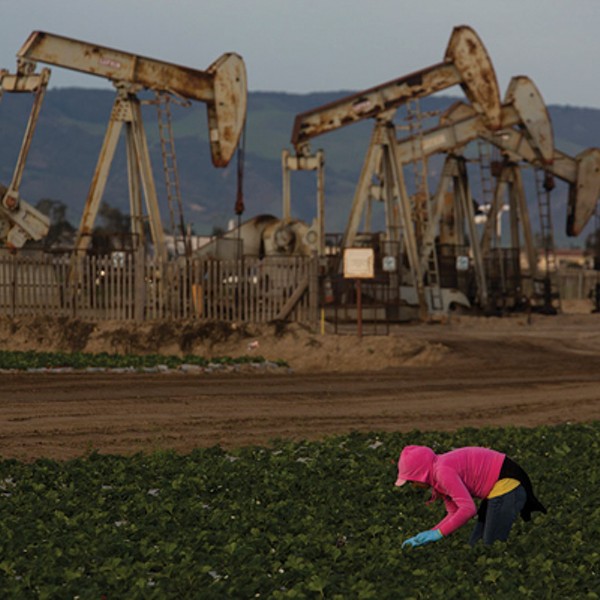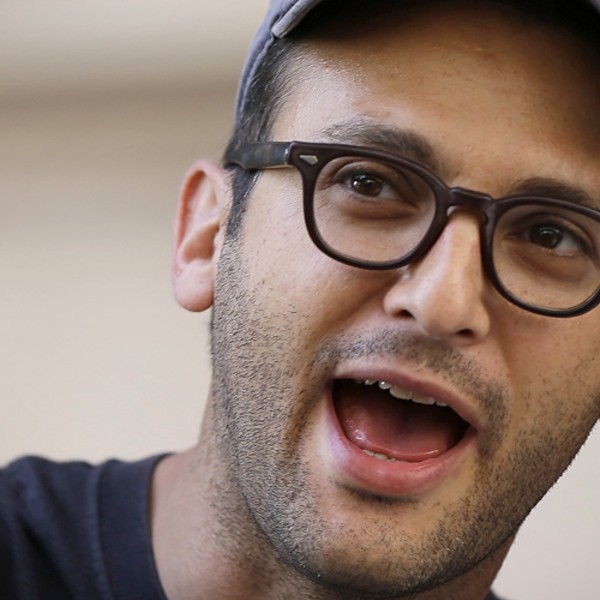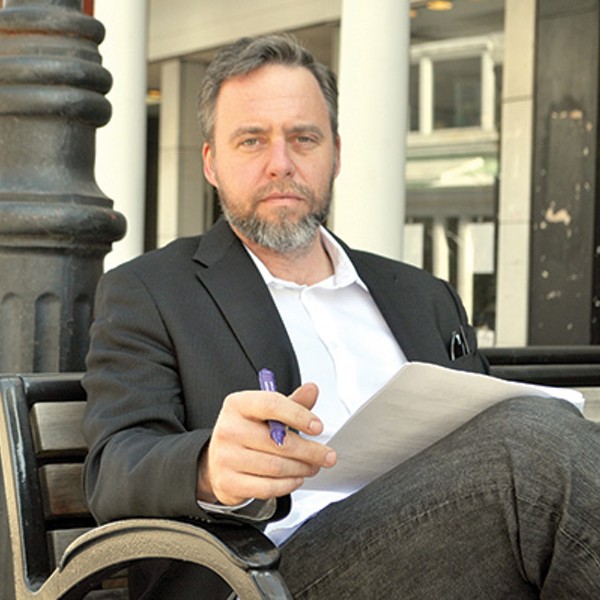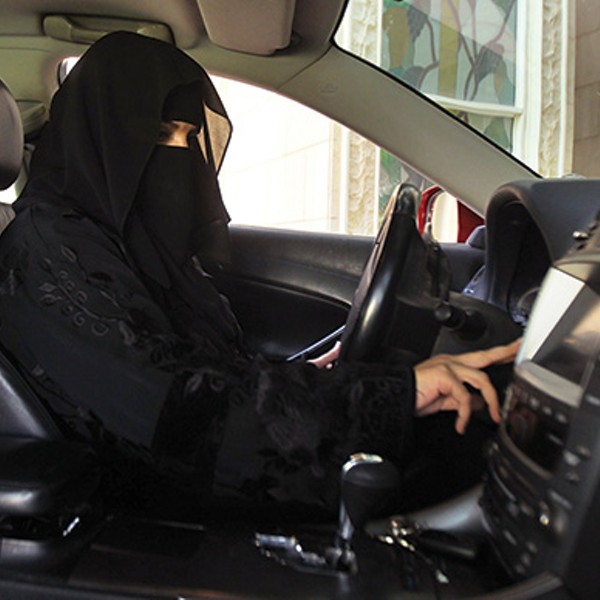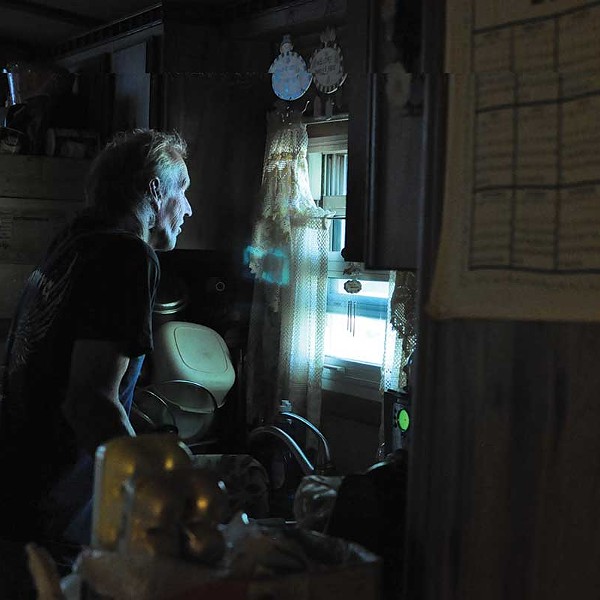The other reason why it’s so important is because there are so many people near the proposed drilling. This is a wholesale invasion of drilling companies in that area with a process, hydraulic fracturing, which has never been proven safe and has a disastrous track record across the US. It’s unconscionable to me that state governments permit this process without really thorough ecological and health studies. There should be a five-year moratorium while the government conducts ecological and health studies.
If the health studies you suggest came out five years from now stating that hydraulic fracturing was safe, would you give it your blessing?
I think that’s a rather far-fetched hypothetical question. The industry sells fracking as a very sophisticated, high-tech process, but it’s basically brute force and a huge number of toxic chemicals pumped under the ground. In the current state of hydraulic fracturing, we know that it’s incredibly contaminating.
You visit many towns with fracking wells in the movie. They all seem to have problems. Did you visit anywhere that wasn’t experiencing problems related to hydraulic fracturing?
No, I didn’t. In fact, I’ve put out a challenge to the industry: If you’ve got a town where there are 100 wells or more and everything’s going fine, and everybody’s rich and happy, and there aren’t water contamination issues and air pollution problems, take me to that town. So far, no response.
The gas industry refused to sit down with us during the entire year and a half we were making the film.
What were the people like who you interviewed for the film?
The resilience and character of people that I found was remarkable to me. First of all, they’re cornered; they have no options, no way out. When your property is unsalable because of water contamination, you’re trapped. You have to make the best of what’s in front of you. What I found was so unbelievably moving about the people featured in the film was that they had found a way to think about their situation that was very articulate and clear, and not angry.
If we don’t frack today, we may end up fracking tomorrow, when easier stores of gas are gone.
The natural gas industry has forced us all into a very difficult conversation. We have a problem on our hands, and we need to look at it in a sophisticated way, and not one that says, “We’re going to pulverize the landscape and contaminate at will in order to get our energy.” We have to look at a shift to renewable energy, which is not only possible but absolutely necessary. We have to look at an energy profile that combines renewables and conservation to address the problem, because we’re talking about the water supply. Once you contaminate an aquifer, you can’t go back. We know we’re going to need water forever.
We’re not here to talk about energy solutions. We’re here to talk about gas company profits. They’re allowed to make a buck off of natural gas because they’re forcing us to pay for the cleanup.
Now that you’ve made Gasland and it’s been shown on HBO, what would you like the movie to achieve?
I’m hopeful that this will help effect change. It’s not just me who’s getting this right now. When I first started making the film, there was very little consciousness of the issue in the East. In the West they knew all about it, but they weren’t getting the kind of media attention the problem merited. In the last year and a half, there are hundreds of grassroots organizations that are springing up all over New York State and Pennsylvania. People are enormously concerned, and not just because of the film but because of the thorough research that’s documenting what’s happening in 34 states.
Think about what’s happening in the Gulf of Mexico. It’s very easy to see what’s happening in the Gulf—there’s a camera down there. But when chemicals are being released underground, you don’t have those kind of stunning visuals. And natural gas wells have lots of blowouts. There are 450,000 wells in America right now and there are blowouts every day.







